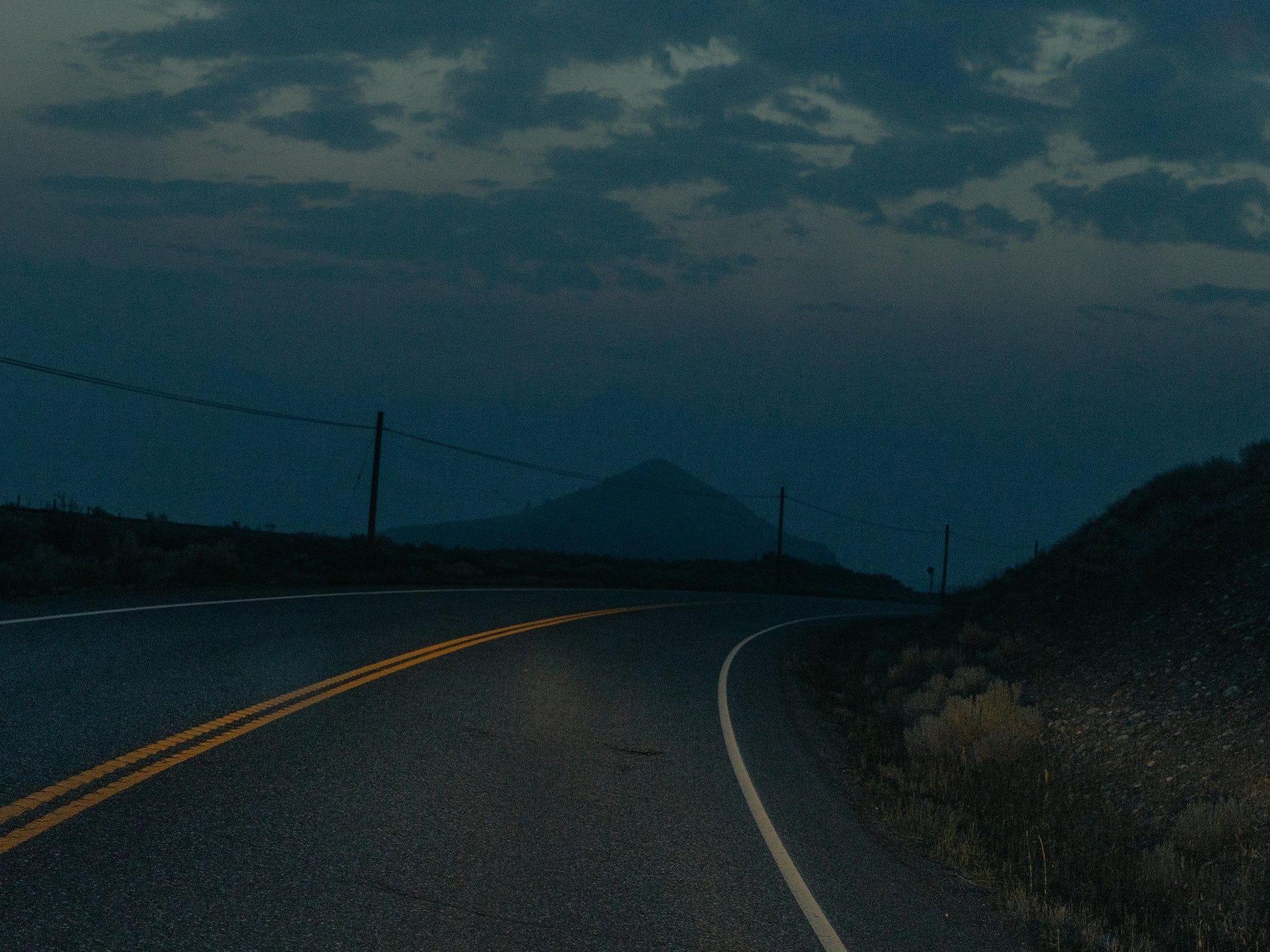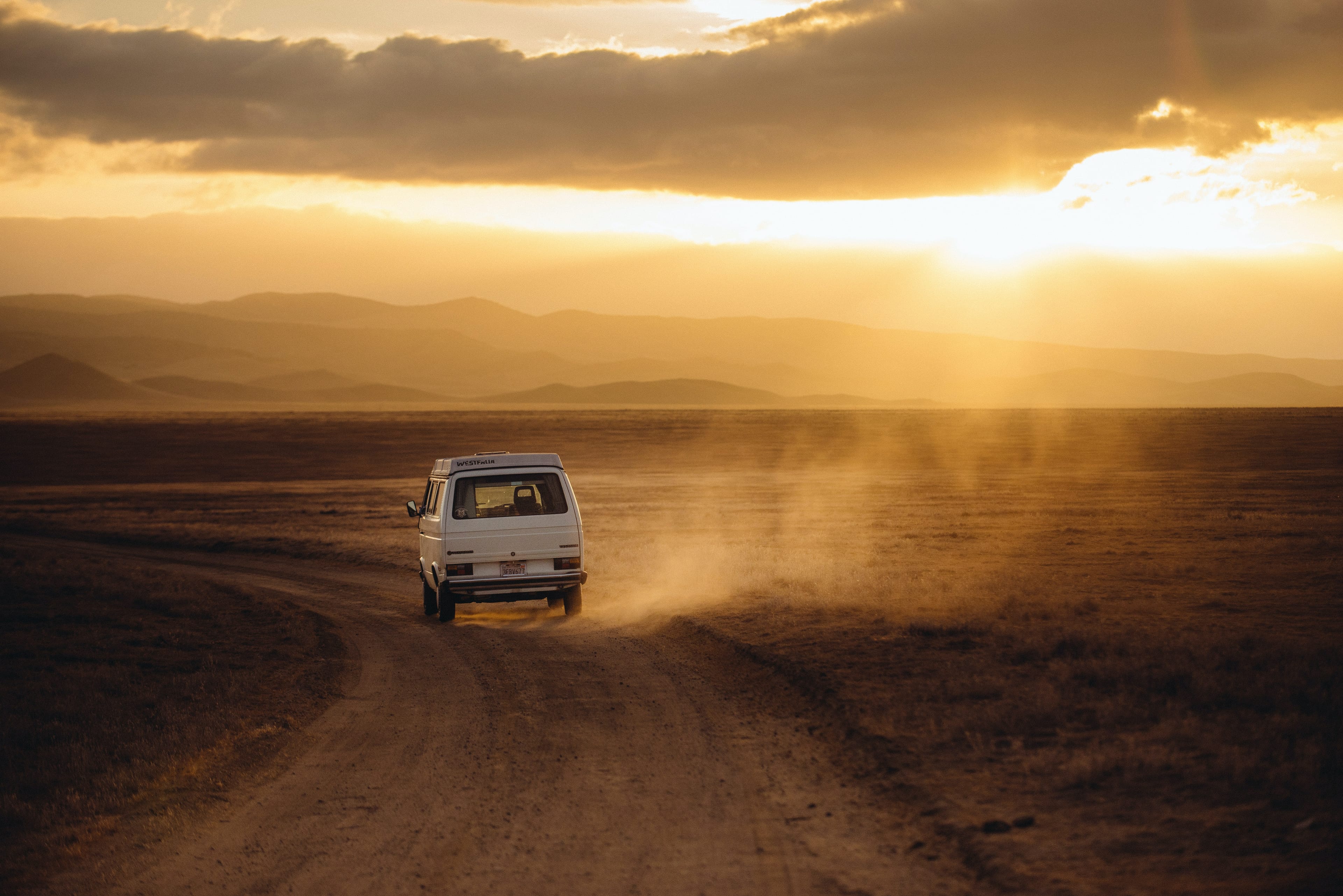Meet Campo, Pioneers of Modern Camper-van Conversions.

Campo technician Bryan Sheets works on a van's wiring in the company's Santa Barbara shop.
This Santa Barbara shop is perfect for lovers of a well-kitted van.


Q: How did you approach that first Sprinter conversion in '08?
Byron: The build was very Westphalia-ish. It had the galley, sink and refrigerator right behind the driver's seat, just like the Westphalia does. It had a bench seat that would carry three people. It had little cabinets in it. Under the bed in back and behind the seat was what we called the garage—you could throw bikes under there or an ice chest, and I used it during the week for work, so I could throw all my tools in there.

Southern California Coast
Surf town travel and history, interviews with chefs, marine biologists, skaters; surf culture history.
Robyn: There was nothing luxurious about it. But when I say he spent hundreds of hours on an iPad researching, I'm not exaggerating. And some of those hundreds of hours were him trying to find parts and pieces for this van—they were not to be found.
Q: What sort of lessons did you take away for future builds?
Robyn: Our first van had hard cabinets, and we thought, "Great, we'll just pack the van and always be ready to go." But then you keep stuffing things in those cabinets and forget what's in there. I wanted something I could take into the house and pack, so he designed removable soft bags, like bike panniers.
Byron: With a full-time bed, you couldn't use the back area as a tall area. So I created a folding-bed system. It was a drawbridge that opened up and, boom, it was all wide open. Also, with the three-seater bench seat, you couldn't get to the back area. So I found a bus company that made a folding seat for wheelchair access. We put one in the van, and that was really kind of a game changer. The company I bought it from said, "You guys started us on a whole trend of selling these things to RV builders."
Q: How did outfitting vans go from a driveway pursuit to a business?
Robyn: The reaction we got on the road was astounding. Guys would see us and ask, "Where did you get that?" And they'd want Byron to make them something like it. He started in our driveway, putting a surf rack inside or a bed or whatever he could with his carpentry skills. Now we go to van shows, and builders look at Byron say, "You are the OG."
THREE SIGNATURE FEATURES OF A CAMPO BUILD
1. The company's MODULAR HANGING BAGS, made from sturdy ripstop, hang from L-track in the van and detach for packing and unpacking. "It's an alternative to having hard cabinets," Byron says. "We probably sell 3,000 to 5,000 a year to different companies across the U.S."
2. The Becks and most of their clients beat the heat under FIAMMA AWNINGS, as the Italian RV-accessories manufacturer is a Campo fave.
3. Marine-style SLAM LATCHES are flush against drawers. "They automatically lock without you having to push a button," Byron says. "It just makes it so nice when you're not going around a corner and the drawers are flying open."
Byron: Everything was done by hand then. I started out cutting all the panels with a jigsaw instead of a CNC machine (computer numerical control). Now we use computer-aided design and do a 3D printout for customers. And our workers in the shop build the van off that sketch. Everything is cut on a CNC machine.
Q: Any particularly unique builds come to mind?
Byron: A recording studio, for a nonprofit up in San Francisco. You'd open the back doors and step into the studio, which was as wide as the van and about 41⁄2 feet deep. We put soundproof glass between that area and the rest of the van. It also had speakers on the outside.
Q: What do you think sets your builds apart these days?
Byron: A lot of prebuilt vans are, "Let's stuff as much in these as we can, because that's what everybody wants." I don't even want to be in them, because it's so claustrophobic. We sell the idea of the openness of the van, along with the quality of the build on the interior. It's fun to create a solution for a problem that a customer brings to us, and then the hand-off is the ultimate hook. When we're handing off the van, the customer is just like, "Gosh!" A kid in a candy store.
This interview has been edited and condensed for length and clarity.











